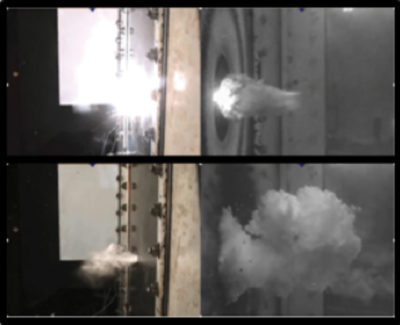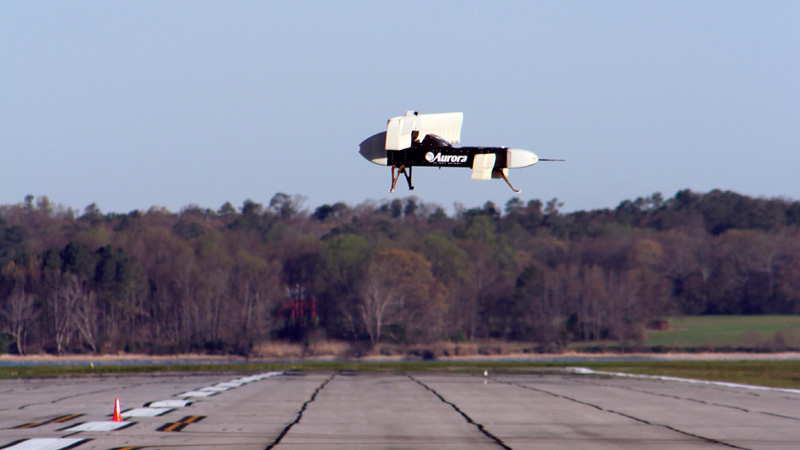The challenge of access to space
By James D. Thorne|December 2023
The Astrodynamics Technical Committee advances the science of trajectory determination, prediction and adjustment as well as spacecraft navigation and attitude determination.
Access to space was once just a dream and is now a reality, but engineering challenges remain. A rocket engine requires exquisitely fine control over an extremely energetic process, which is always a tricky combination. In November, the second fully stacked Starship-Super Heavy roared off the pad at Boca Chica, Texas. As planned, the stages separated over the Gulf of Mexico via an updated hot-staging technique, in which the Starship engines ignited while still attached to Super Heavy. Shortly after separation, Super Heavy exploded over the gulf, while Starship proceeded on for some minutes before it was also lost. FAA announced that it would oversee a “mishap” investigation of the flight, which came after a truncated first attempt in April that proved the basic soundness of the vehicle and provided valuable data for the updates that culminated in the November test.
Other launch vehicles recorded successes. In November, a reusable SpaceX Falcon 9 booster was launched for a record 18th time. A Chinese Zhuque-2 medium-launch rocket reached orbit on July 12, a first for a methane-powered rocket. Also in July, a SpaceX Falcon Heavy launched the Jupiter 3 satellite, the most massive communications satellite ever to be sent to geosynchronous orbit.
The European Space Agency’s Jupiter Icy Moons Explorer, or Juice, spacecraft was launched in April to play a game of cosmic billiards by completing several flybys within the Earth-moon system. Plans call for Juice to make upwards of 30 gravity-assist maneuvers among the moons of Jupiter to meet its science objectives. Access to deep space can require extremely high speeds to reach the outer solar system in reasonable time scales, or to decelerate enough from Earth’s natural motion to explore the sun and inner planets. Because the energy from a rocket launch is not always enough by itself to complete a deep space mission, astrodynamicists often rely on gravitational flybys of various moons and planets to accelerate interplanetary spacecraft far beyond the initial boost.
Access to the surfaces of moons or planets can also be quite challenging. In April, ispace’s Hakuto-R lunar lander crashed into the moon at a high speed. The Japan-based company said that the lander likely used up its landing propellant too early during the descent, and attributed the error to the lander’s altitude measurement sensors miscalculating the distance due to a software issue, as well as a 2021 decision to change the landing site. Craters and other irregularities of the moon’s surface can be difficult to interpret from above, which may have contributed to the loss of the lander. In August, India landed its Vikram lander and Pragyan rover near the south pole of the moon. The rover later collected scientific measurements of the chemistry and temperature of the lunar surface before entering the lunar night in September.
The ability to change orbits quickly could be viewed as another form of space access within an orbital region of interest. The agility of a spacecraft depends on how much it can accelerate, based on the mass and the thrust level produced by the propulsion system. In February, SpaceX launched the first batch of upgraded Starlink V2 Mini satellites. SpaceX says the spacecraft are the first to be propelled by argon-fueled Hall-effect thrusters, producing higher thrust than previous versions. This should allow for faster deployment into adjacent orbital states to populate constellations.
The technology to provide access to space will improve with lower costs and greater reliability as developers continue to chase the dream of space exploration.



































